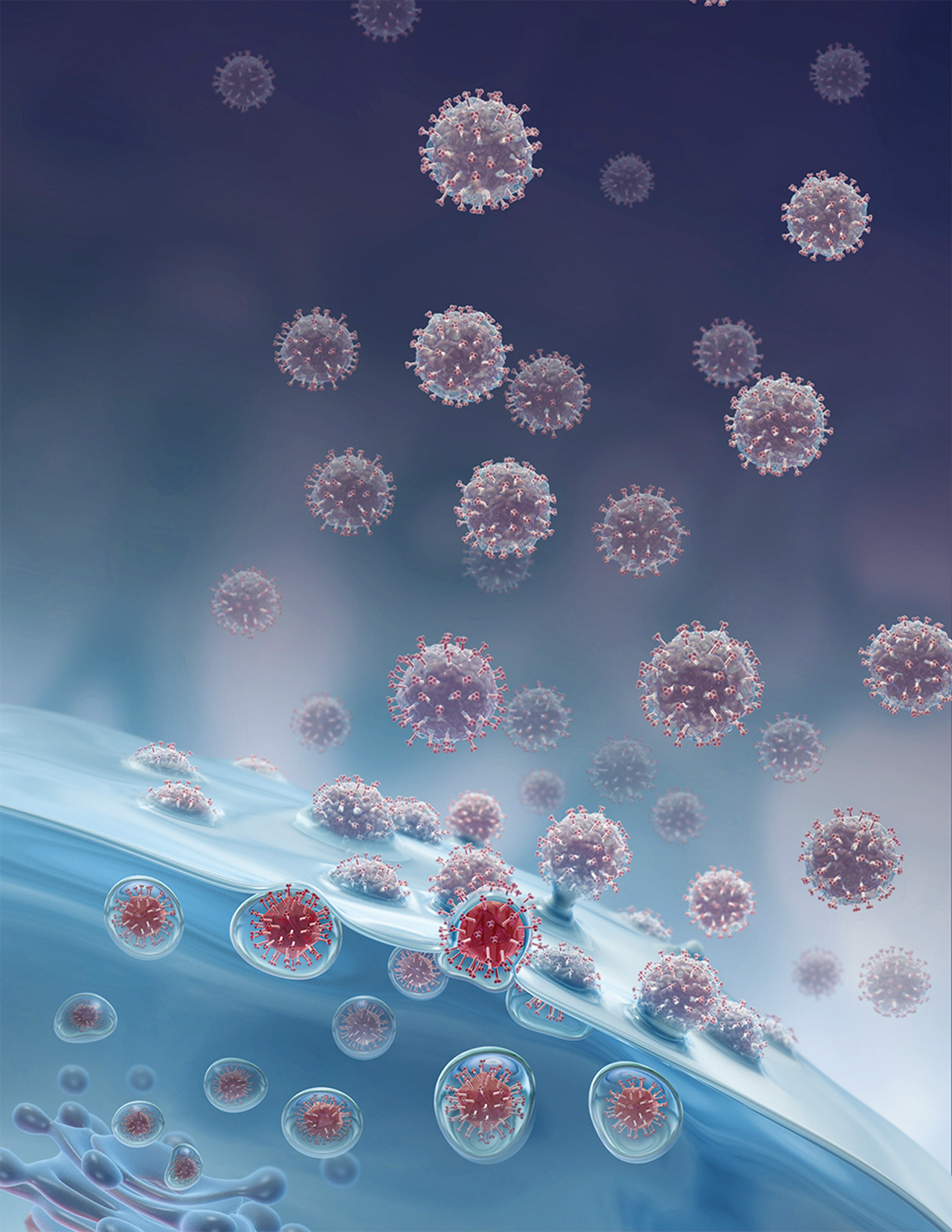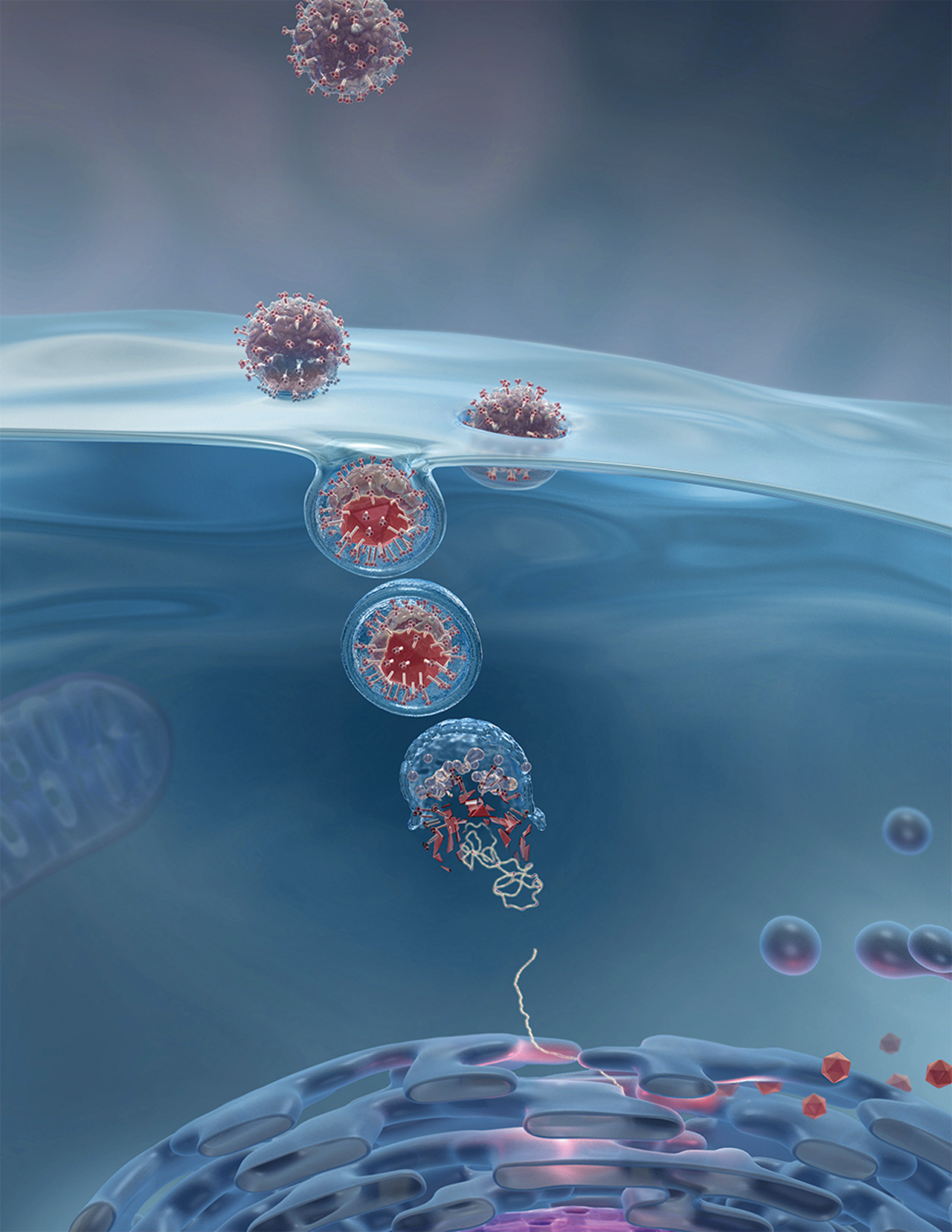What are the basic building blocks of all living things?
Cells
Which statement is not part of the cell theory?
A. Cells are the basic unit of structures and function in all living things.
B. Animal cells are generally more complex than plant cells.
C. All living things are composed of cells.
D. All cells are produced from other cells.
B. Animal cells are generally more complex than plant cells.
Which cell structure breaks down sugars to provide energy for cell activities?
Mitochondria
A cell can bring in a large particle of food using the process of
A. Endocytosis
B. Facilitated Diffusion
C. Osmosis
D. Exocytosis
A. Endocytosis
Forms a barrier, controls what does in and out of the cell?
Cell Membrane
What is an example of homeostasis?
A. Reproduction
B. Controlling an experiment
C. Growth and Development
D. Maintaining a steady temperature
Maintaining a steady temperature.
Reproduction is a function of both _____ and organisms.
Cells
The outermost layer of an animal cell is the ________.
1. Cell Wall
2. Cell Membrane
The diffusion of water is known as
Osmosis
Packages and distributes materials from endoplasmic reticulum.
Golgi Apparatus
The kind of reproduction that requires two parents.
Sexual Reproduction
How did technology impact the development of the cell theory?
The invention of the microscope allowed scientists to see cells for the first time which led to the development of the cell theory.
Plant cells need rigid framework to support the plant. Animals have bones, muscles, or shells to support them.
What are the benefits of selectively permeable membrane?
Substances that the cell needs can pass through the membrane. While other substances that might be harmful are prevented from passing through.
Produce proteins needed by the cell.
Ribosomes
An oasis is a place in a sandy desert where water rises to the surface. Trees and plants often grow by the water and animals make their homes there. What would happen to the organisms living in an oasis if the water dried up?
All organisms would have to move to a new place with water or else die, because all organisms need water to live.
What were Schleiden, Schwann, and Virchow's contributions to the cell theory?
Schledien concluded that plants are made of cells; schwann concluded that animals are made of cells, Virchow concluded that cells can only come from other cells.
Tissues are made up of cells, and organs are made up of tissue.
From what cell structure are these waste particles being released? What is this process called?

Exocytosis
Break down food particles and worn out cell parts. *Think Recycling Center
Lysosomes
How would you design a controlled experiment to demonstrate that birds do not spontaneously generate on birdfeeders.
Set up two bird feeders of the same size and type with the same kind of bird food in both. Put them outside. Cover one feeder with a clear plastic bag. Watch both feeders to see whether birds appear on them.
Given what you have learned about cell theory, how would you conduct an investigation to distinguish between material from a real plant and a fake plant?
I would examine the material under a microscope. According to the cell theory, if I saw cells, I would know the material was from the real plant.
Your lab partner just stated that cells, tissues, and organs all have seperate functions and they could not interact to make up a single system. Construct an argument supported with evidence from the text to respond.
Remind them that the body is a system made up of many subsystems made of cells which all interact. Cells make up tissues, which make up organs, all of which have specific functions but which also interact. Different subsystems, interact to run the whole body system.
What at is this process called?
Endocytosis
Directs cell's activities.
Nucleus